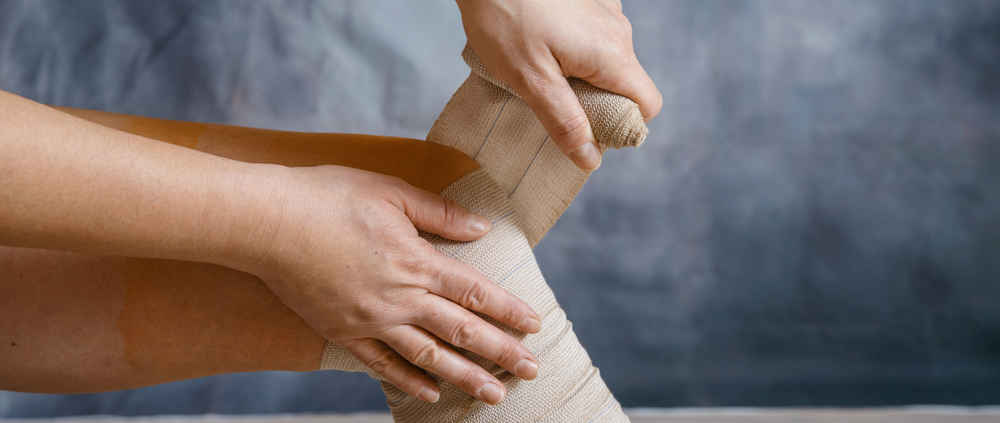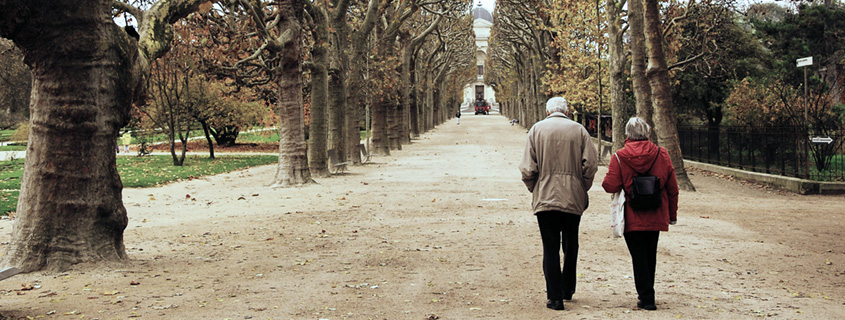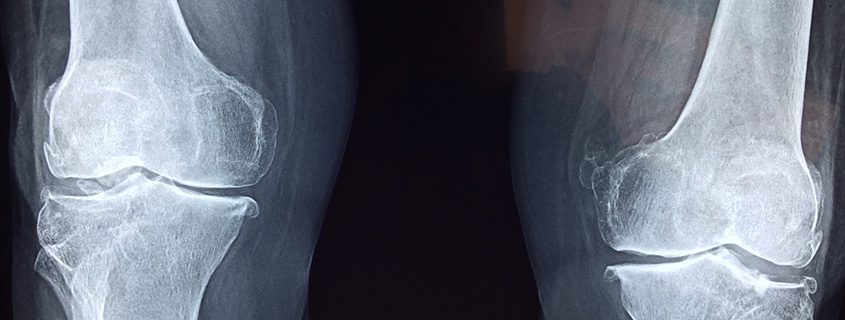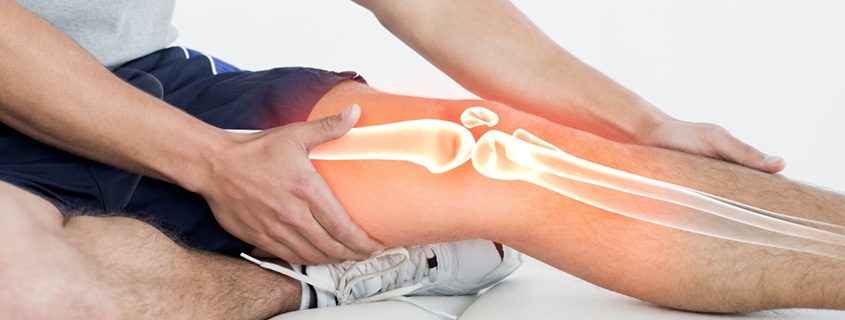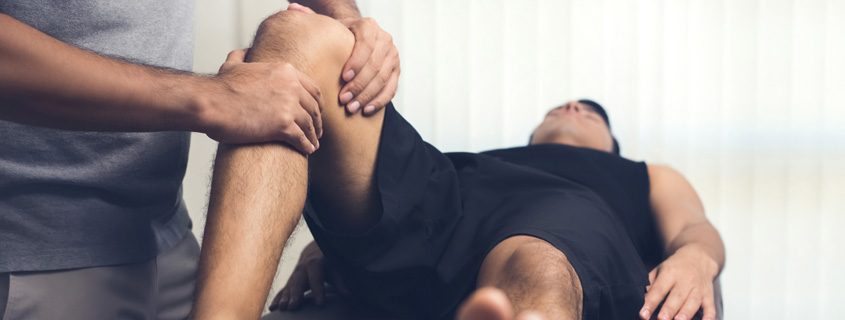12 Tips for Walking When You Have Sensitive Knees
From VeryWellFit
Sensitive knees can be a challenge for walking, but it is a recommended way to maintain your function and reduce your symptoms. If you have knee pain due to osteoarthritis or other causes, you don’t have to let that keep you from starting a walking program.
A regular program of walking can reduce stiffness and inflammation and it won’t make most chronic knee conditions worse. Walking is the preferred exercise by people with arthritis, and can help you improve your arthritis symptoms, walking speed, and quality of life, according to the CDC.
Walking is part of a healthy lifestyle to keep your heart and bones strong and your joints functioning. Here are tips for walking when you have sensitive knees.


